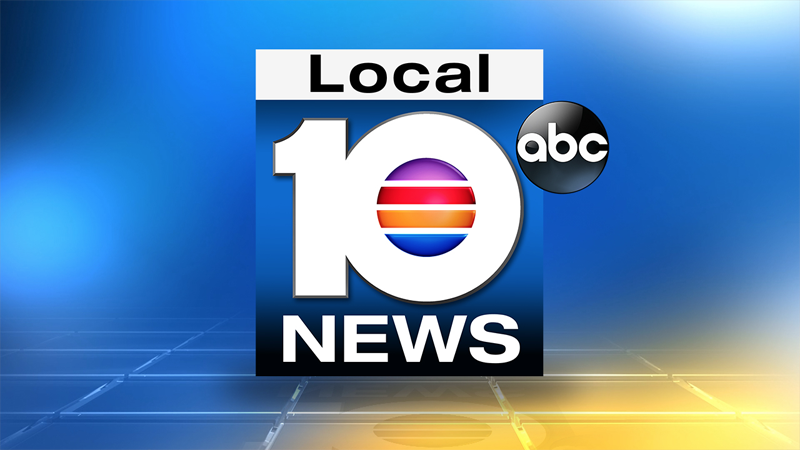After a hurricane, clean drinking water may not be available and water could be cut-off or compromised through contamination.
Determine your family's drinking and sanitation needs for three days, and prepare a supply to meet those needs. Children, nursing mothers and people struggling with a disease may need more water. During very hot temperatures, water needs can be double.
Recommended Videos
Checklist:
Stay hydrated
Do not drink carbonated or caffeinated beverages instead of drinking water. Caffeinated drinks and alcohol dehydrate the body, which increases the need for drinking water.
Never ration drinking water unless ordered to do so by authorities. Drink the amount you need today and try to find more for tomorrow. Minimize the amount of water your body needs by reducing activity and staying cool.
Drink water that you know is not contaminated first. If necessary, suspicious water, such as cloudy water from regular faucets or water from streams or ponds, can be used after it has been treated. If water treatment is not possible, put off drinking suspicious water as long as possible, but do not become dehydrated.
Water treatment
Treat all water of uncertain quality before using it for drinking, food washing or preparation, washing dishes, brushing teeth or making ice. In addition to having a bad odor and taste, contaminated water can contain germs that cause diseases.
There are many ways to treat water. Often the best solution is a combination of methods. Before treating, let any suspended particles settle to the bottom or strain them through coffee filters or layers of clean cloth.
Boiling: This is the safest method. Bring water to a rolling boil for one full minute. Boiled water will taste better if you put oxygen back into it by pouring the water back and forth between two clean containers. This also will improve the taste of stored water.
Chlorination: Use only regular household liquid bleach that contains 5.25 to 6 percent sodium hypochlorite. Do not use scented bleaches, color safe bleaches or bleaches with added cleaners. Add 16 drops of bleach per gallon of water, stir and let stand for 30 minutes. The water should have a slight bleach odor. If it doesn’t, then repeat the dosage and let stand another 15 minutes.
Distillation: While boiling and chlorination will kill most microbes in water, distillation will remove germs that resist these methods, as well as heavy metals, salts and most other chemicals. To distill, fill a pot halfway with water. Tie a cup to the handle on the pot’s lid so that the cup will hang right-side-up. When the lid is upside-down, make sure the cup is not dangling into the water. Boil the water for 20 minutes. The water that drips from the lid into the cup is distilled.

